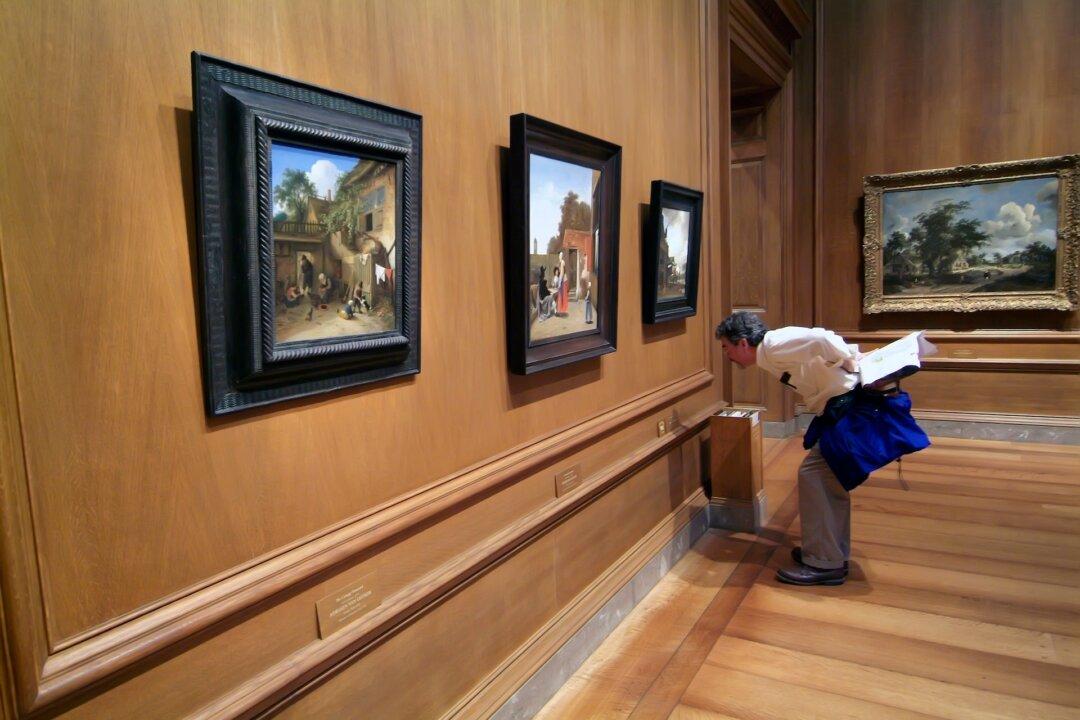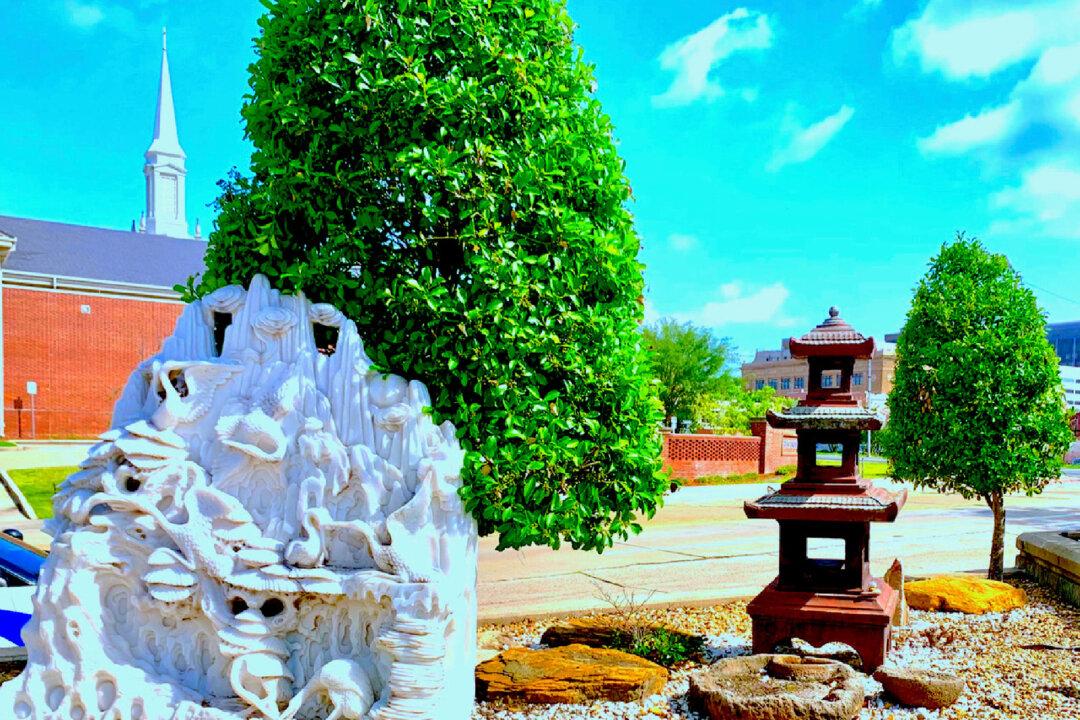Driving our RV from home in South Carolina to see our family in Los Angeles, California, is an ambitious trip. But spending as much time outdoors as possible and avoiding crowds is easy in most campgrounds, and RV travel and tent camping has increased 1,000% in the last year.
We chose to avoid major Interstate highways because of heavy traffic and fewer interesting sights. Instead, we frequently drove the “blue highways” (old two- and four-lane asphalt highways through small towns) because we enjoyed the interesting roadside scenery and great little towns and wayside parks at which to take rest breaks. We’ve made this trip many times, and we try to vary our routes to stop and explore places we have not seen before.
Alamogordo, New Mexico, was one of those special destinations where we elected to spend several nights at the Alamogordo White Sands KOA. From there we were able to make an early morning drive of about 17 miles to Tularosa and the Three Rivers Petroglyph Site for a self-guided walking tour. This high-desert climate has dry air, so hiking in the early morning in this high and dry desert was pleasant. No one hikes here between noon and 5 p.m., when dangerously high temperatures are normal.




